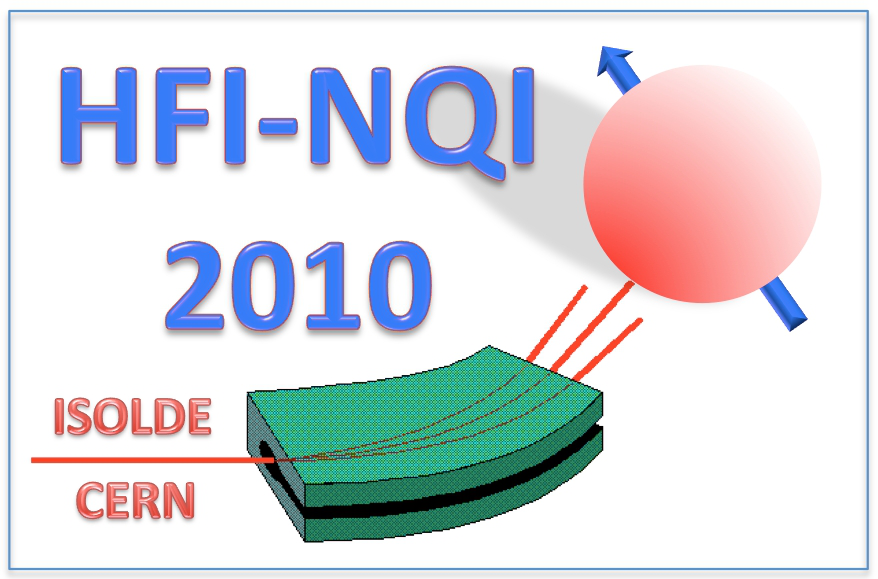Speaker
Description
Summary
Emission-channeling (EC) is a powerful experimental technique to pin down the exact site of atoms in a crystal lattice [1]. For EC typically radioactive isotopes are implanted that subsequently emit alpha or low-energy beta particles or conversion electrons. Unfortunately several elements have no radioisotope with suitable half-life and charged particle energies. However, if the element in question has an isotope with high cross-section for thermal neutron-induced proton or alpha emission, these charged particles can be produced by exposing the sample to an intense neutron flux. This technique was explored already 30 years ago by Biersack et al. at Institut Laue Langevin [2,3]. However, then the 2D particle detector covered only a fraction of the solid angle of the EC pattern and a measurement of a total EC pattern required the lengthy separate measurement and subsequent overlay of tens of spectra.
Today, modern silicon pixel detectors can cover the entire EC pattern in a single measurement. We will present results of the first use of the TimePix detector for thermal neutron induced charged particle emission channeling measurements. The semiconductor pixel detector TimePix (256 x 256 pixels) is a successor of the Medipix2 device. Timepix pixels can be operated in the so-called Time-over-Threshold (TOT) mode allowing direct measurement of the energy deposited in each pixel [4].
We observed EC patterns with bulk LiF crystals (with 6Li at its natural isotopic composition of 7.5%) and in highly 10B doped diamond. The latter samples become superconducting at a Tc of several K [5].
Today intense 7Be beams can be produced at ISOLDE-CERN, allowing the doping of samples with several 1015 atoms of 7Be within few hours [6]. We also studied the EC patterns of ZnO implanted with 7Be at ISOLDE.
Clear EC patterns could be observed for all these samples.
Prospects for lattice location studies of beryllium and boron by neutron-induced charged particle EC in a variety of materials will be discussed.
References
[1] U. Wahl, Phys. Rep. 280, 146 (1997).
[2] J.P. Biersack et al., Nucl. Instr. Meth. 149, 93 (1978).
[3] J.P. Biersack et al., Nucl. Instr. Meth. 188, 411 (1981).
[4] J. Jakůbek et al., Nucl. Instr. Meth. A560, 143 (2006).
[5] E. Bustarret et al., Phys. Rev. Lett. 93, 237005 (2004).
[6] U. Köster et al., Nucl. Instr. Meth. B204, 343 (2003).
| Are you a student, a delegate from developing countries or a participant with physical needs and would like to apply for a sponsored accomodation. Please answer with yes or no. | no |
|---|---|
| Please specify whether you would prefer an oral or poster contribution. | either |
